Avant-Garde Beats in Hip Hop: Defining Innovation and Influence
Hip-hop, a genre deeply rooted in cultural identity and artistic expression, has consistently pushed boundaries through its evolution. At the forefront of this transformation lies the concept of avant-garde beats, which redefine the genre’s sound and style. These innovative musical compositions explore uncharted territories, blending unconventional production techniques with bold creative visions. Avant-garde beats in hip-hop are not merely a trend; they represent a movement that challenges traditional norms and opens doors to fresh perspectives. From groundbreaking production methods to unique stylistic approaches, these beats have become a cornerstone of modern hip-hop culture. Their influence extends beyond music, shaping contemporary artistry and fostering dialogue about creativity and authenticity. This exploration delves into the essence of avant-garde beats, examining their impact on today’s music scene and their role in redefining the future of hip-hop.
Key Takeaways
- Innovative Sounds and Instruments: Avant-garde beats experiment with unique sounds and incorporate live instruments like drums and saxophones.
- Experimental Techniques: Utilize advanced production methods, including sample manipulation, field recordings, and digital effects.
- Genre Fusion: Blend hip-hop with jazz, electronic, and global music to create rich, textured soundscapes.
- Cinematic Experience: Create immersive narratives through intricate rhythms and emotional depth.
- Influential Artists: Pioneers like Flying Lotus and MF DOOM push boundaries, inspiring subgenres and global influence.
- Legacy and Evolution: Avant-garde beats redefine hip-hop, shaping its future and fostering creativity across genres. Explore more at Abstract Hip Hop.
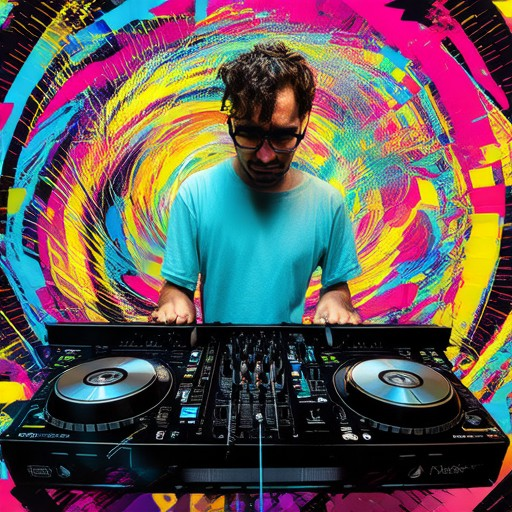
Defining Avant-Garde Beats in Hip Hop
Avant-garde beats in hip hop are a bold departure from traditional rhythms, characterized by their experimental nature and innovative production techniques. These beats push boundaries, combining unconventional sounds and styles to create forward-thinking music that challenges expectations.
Key Characteristics
- Unconventional Samples: Producers often use non-traditional sounds, such as field recordings, experimental noise, or found objects, to create unique textures that deviate from mainstream hip hop.
- Intricate Layering: Beats are built by layering and manipulating audio elements, often transforming simple loops into complex, multi-dimensional soundscapes.
- Non-Traditional Structures: The arrangement of these tracks often defies conventional song structures, opting instead for fluid, free-form compositions that mimic jazz-like improvisation.
- Collaborative Influence: Artists frequently draw inspiration from diverse genres, incorporating elements of electronica, jazz, and experimental music to create a soundscape that feels fresh and boundary-pushing.
- Emotional Impact: These beats often evoke intense emotions through their unconventional use of timing, pitch, and texture, creating a listening experience that demands attention and appreciation.
Notable Producers
Some of the most celebrated producers in this space include Jinsang, whose work with groups like The Cinematic Orchestra redefines hip hop sonics, and The Alchemist, known for his meticulous sample crafting and layered productions that blur genre lines.
The Evolution
While roots in experimental hip hop can be traced back to the 1980s, the genre has seen significant growth in recent years, influenced by advancements in technology and the growing popularity of leftfield sounds in modern music.
Cultural Impact
Avant-garde beats challenge listeners to engage with music on a deeper level, fostering a community of enthusiasts who appreciate the artistic vision behind the sounds. This movement continues to evolve, pushing the boundaries of what hip hop can be.
How Avant-Garde Beats Influence Contemporary Hip-Hop Music
Avant-garde beats play a pivotal role in shaping the sound and innovation of contemporary hip-hop music. These beats, characterized by their experimental and non-conventional approaches, have redefined the boundaries of the genre. Here’s how they influence modern hip-hop:
1. Evolution of Production Techniques
Contemporary hip-hop producers draw heavy inspiration from avant-garde beats, incorporating intricate layering, unconventional sampling, and modified drum patterns. Artists like Flying Lotus, Jinsang, and Shrapnel have pushed the envelope, blending glitchy textures and organic instrumentation to create forward-thinking soundscapes.
2. Fusion of Genres
Avant-garde beats often fuse genres such as jazz, electronic, and experimental music, creating a rich tapestry of sounds. This fusion has led to the development of subgenres like lo-fi hip-hop and wonky beats, which are now staples in modern music production. Platforms like Abstract Hip Hop showcase these innovations, highlighting the genre’s evolution.
3. Impact on Artists and Labels
Labels and artists who embrace avant-garde beats have gained significant recognition. Labels such as Brainfeeder and Hyperdub have become hubs for experimental hip-hop, signing artists whose work heavily draws from avant-garde influences. These labels provide a space for creators to push creative boundaries, further influencing the genre.
4. Cultural Impact and Critical Acclaim
The influence of avant-garde beats extends beyond music production. They’ve inspired a shift in cultural perception, with critics acknowledging the genre’s role in challenging traditional structures within hip-hop. This shift has led to a more open-minded approach among producers and listeners alike.
5. Technological Innovation
Modern production tools have amplified the reach of avant-garde beats. Software like Ableton Live and FL Studio has enabled artists to experiment with sounds previously deemed unconventional. This technological accessibility has democratized the creation of avant-garde-influenced tracks, making them more prevalent in contemporary hip-hop.
6. Future Trends
As technology continues to evolve, the integration of avant-garde beats into hip-hop will likely persist. Producers are expected to push further into uncharted territories, blending experimental sounds with traditional hip-hop elements to create groundbreaking music.
By embracing the essence of avant-garde beats, contemporary hip-hop has not only expanded its musical palette but also redefined its artistic expression. This fusion of tradition and innovation ensures that avant-garde beats remain at the forefront of the genre’s evolution.

How Have Avant-Garde Beats Influenced the Development of Hip-Hop Music?
Avant-garde beats have played a pivotal role in shaping the evolution of hip-hop music, introducing innovative production techniques and expanding the genre’s creative boundaries. These beats, characterized by their experimental and non-conventional approach, have redefined how music is produced, composed, and perceived in the hip-hop community.
The Rise of Experimental Production Techniques
Avant-garde beats have brought a fresh perspective to hip-hop production, emphasizing the use of unconventional instruments, meticulous sampling, and intricate layering. Producers like J Dilla and Madlib have pioneered this approach, creating sounds that go beyond traditional drum patterns and basslines. Their work has inspired a generation of beatmakers to push the limits of what is possible in music production.
Influence on Sound Design and Composition
These beats have significantly influenced the way hip-hop artists approach composition. By incorporating elements from various genres—such as jazz, funk, and electronic music—they have broadened the musical palette available to hip-hop artists. This has resulted in a richer, more diverse soundscape within the genre, allowing for greater storytelling and emotional expression.
Impact on Artists and Scene Development
Avant-garde beats have fostered a culture of innovation among hip-hop artists and producers. Platforms like Abstract Hip Hop have become hubs for sharing and collaborating on experimental sounds, further driving the genre’s evolution. This collaborative spirit has led to the rise of subgenres like lo-fi hip-hop and instrumental beats, which have gained widespread recognition and appreciation.
Technological Advancements and Beatmaking Communities
Modern technology has enabled the distribution and consumption of avant-garde beats on digital platforms, reaching a global audience. Online communities and social media have played a crucial role in promoting these beats, fostering connections between producers and fans. This accessibility has democratized the creation and dissemination of music, allowing for a more inclusive and dynamic hip-hop scene.
Conclusion
Avant-garde beats have not only transformed the way hip-hop is made but have also enriched the cultural landscape of modern music. By embracing experimentation and pushing creative boundaries, these beats continue to inspire artists and audiences worldwide, ensuring that hip-hop remains a vibrant and evolving art form.
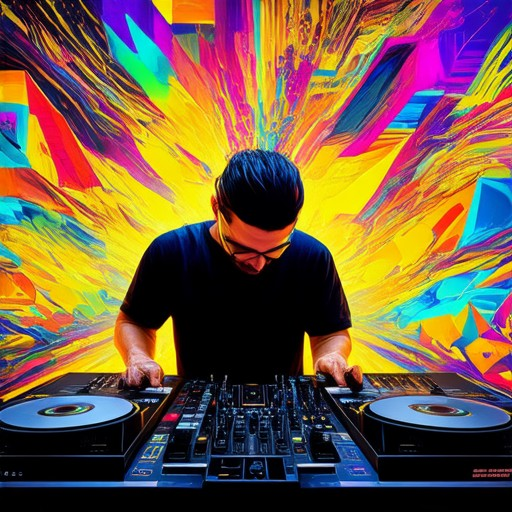
What Characterizes Avant-Garde Beats in Hip-Hop Music?
Avant-garde beats in hip-hop music are characterized by their innovative sound design, experimental production techniques, and departure from conventional structures. These beats often push boundaries, combining unexpected elements from various musical genres while maintaining the essence of hip-hop rhythm and groove.
Key Characteristics of Avant-Garde Beats
- Sound Exploration : Avant-garde beats experiment with unique sounds, incorporating unconventional instruments, field recordings, and electronic effects to create immersive textures.
- Production Techniques : Producers use advanced audio manipulation, layering, and sampling techniques to craft intricate and layered sounds that defy traditional expectations.
- Genre Blending : These beats often fuse hip-hop with elements from jazz, classical, electronic, and global music, resulting in a rich tapestry of sonic experimentation.
- Storytelling Through Sound : The use of spacing, timing, and texture in the beats allows for narrative progression, creating a cinematic experience for listeners.
- Emotional Impact : Avant-garde beats often evoke strong emotions through their complexity and unpredictability, drawing the listener deeper into the music.
Examples of Avant-Garde Beats
Artists like Flying Lotus, Jinsang, and The Cinematic Orchestra are known for their innovative approaches, blending glitchy electronics with organic instrumentation to create forward-thinking soundscapes.
Resources for Further Exploration
For more insights into the abstract and experimental hip-hop scene, visit Abstract Hip Hop to explore articles, interviews, and reviews dedicated to avant-garde production techniques and genre-blending innovations.
How Have Avant-Garde Beats Shaped the Sound of Modern Hip-Hop?
Avant-garde beats have played a pivotal role in redefining the sound of modern hip-hop, pushing boundaries and challenging traditional norms. These innovative musical approaches have not only expanded the genre’s creative possibilities but also influenced countless artists and producers who now experiment with unconventional sounds.
The Rise of Avant-Garde Beats
Modern hip-hop’s embrace of avant-garde beats can be traced back to the late 1990s and early 2000s, when producers began experimenting with non-traditional samples, intricate layering, and abstract rhythm patterns. This shift away from the typical boom-bap drums and chord-based melodies allowed for a more experimental and forward-thinking sound to emerge.
- Sampling Innovation: Producers like J Dilla and Flying Lotus pioneered the use of rare, obscure, and manipulated samples, creating textures that were previously unheard of in hip-hop. These samples often came from diverse genres, including jazz, classical, and electronic music.
- Production Techniques: The use of live instrumentation, field recordings, and digital effects has become standard in avant-garde hip-hop production. Artists like MF DOOM and The Cinematic Orchestra have blurred the lines between genres, introducing new sonic elements to the genre.
- Beat Manipulation: Avant-garde beats often feature highly manipulated and transformed beats, sometimes referred to as “beat tape” style. This approach emphasizes texture, complexity, and emotional depth over conventional rhythm structures.
Key Techniques and Tools
Modern producers have adopted a variety of techniques to achieve the avant-garde sound. One of the most notable is the use of Abstract Hip Hop ‘s platform for sharing and inspiring new production methods. Here are some common techniques:
- Layering Samples: Multiple layers of audio are combined to create dense, multi-textural sounds. This technique is particularly popular in works by artists like Bon Iver and Arca.
- Field Recordings: Capturing sounds from real-world environments adds a raw, organic element to tracks. This approach is often associated with experimental hip-hop artists like Oneohtrix Point Never.
- Digital Effects Processing: Advanced software and effects are used to manipulate and transform sounds, creating otherworldly textures. This is evident in the work of producers like Hudson Mohawke and Clams On Io.
Impact on Artists
Avant-garde beats have inspired a wave of artists who blend hip-hop with other genres like jazz, electronic, and ambient music. This fusion has led to the creation of subgenres like chillwave and lo-fi hip-hop . Artists such as Frank Ocean, Tyler, The Creator, and Sigur Rós have embraced these sounds, incorporating them into their music while maintaining a connection to hip-hop roots.
Legacy
Today, avant-garde beats remain a significant influence in modern hip-hop. Platforms like Abstract Hip Hop continue to champion this creative direction, showcasing artists who push the boundaries of the genre. The integration of avant-garde techniques has not only expanded the musical palette of hip-hop but also contributed to its evolution as a globally recognized art form.
By embracing these innovative approaches, modern hip-hop has proven itself to be a dynamic and ever-evolving genre capable of absorbing and transforming various musical influences. The legacy of avant-garde beats will undoubtedly shape the sound of hip-hop for years to come.

What Makes Avant-Garde Beats in Hip-Hop Distinctive?
Avant-garde beats in hip-hop are characterized by their innovative use of sounds, instruments, and production techniques, setting them apart from conventional tracks. Here’s what makes them unique:
- Unconventional Instruments: These beats often incorporate live instrumentation, such as live drums, saxophones, and even classical strings, rather than relying solely on sampled sounds. Artists like Flying Lotus and Jinsang exemplify this approach, blending jazz and experimental elements with hip-hop.
- Experimental Rhythms: They frequently challenge traditional 4/4 time signatures, opting for complex, non-linear rhythms that create a more dynamic and unpredictable listening experience. Producers like DJ Shadow and The Avalanches are known for their intricate, avant-garde rhythms.
- Multi-Layered Textures: Layering sounds and textures is a hallmark of avant-garde beats. They may incorporate ambient noises, field recordings, or even silence to create depth and dimensionality, unlike the simplicity of typical hip-hop tracks.
- Genre Collaboration: These beats often draw inspiration from and collaborate with other genres, such as jazz, electronica, and experimental music. Collaborations with artists like Robert Glasper and Bon Iver bring in fresh sounds and techniques, broadening the scope of hip-hop.
- Advanced Production Techniques: Techniques like granular synthesis, tape manipulation, and bit-crushing are used to alter sounds in ways that deviate from mainstream hip-hop, creating unique textures that captivate listeners.
These elements combine to create a soundscape that feels both unfamiliar and captivating, pushing the boundaries of what hip-hop can be. Artists like MF DOOM and those associated with the Leftfield hip-hop movement further demonstrate the genre’s evolution through their innovative approaches.

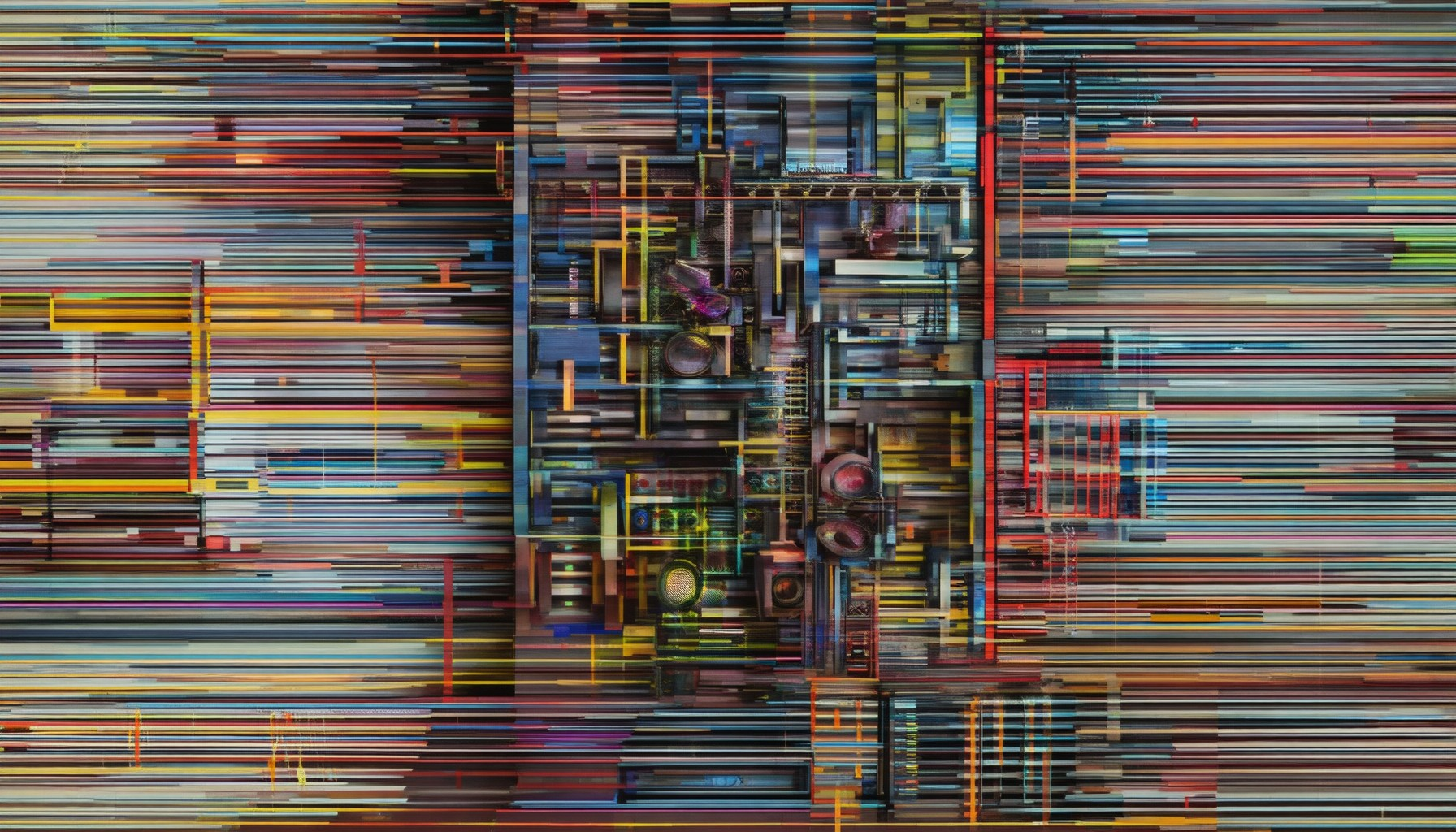
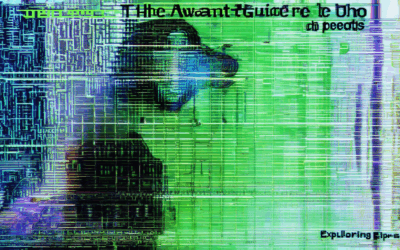

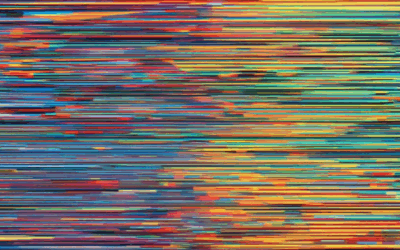
0 Comments